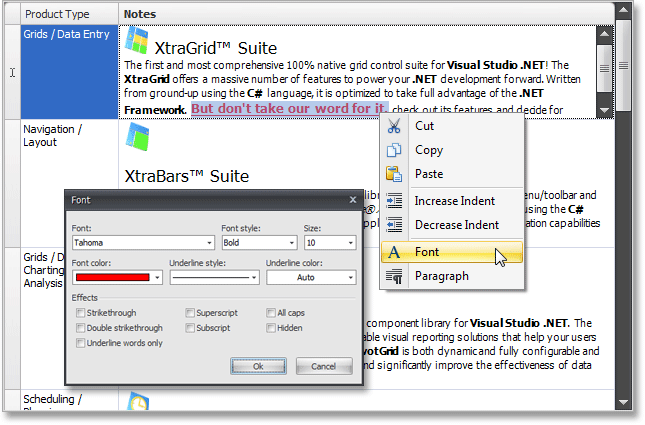

Introduction to EffectsĮffects allow the native controls on each platform to be customized without having to implement a custom renderer. In this blog post, you will learn how to create your own custom effect for the Slider control in Xamarin.Forms. Xamarin.Forms 2.1 introduces a new feature named effects that greatly simplifies this process, allowing native controls on each platform to be more easily customized. What if you would like to perform a simple control customization? Creating a custom renderer sometimes can be a heavyweight response. This approach is perfect for heavy platform-specific customizations. You can even create entirely new controls by defining a shared interface in Xamarin.Forms and create custom renderers to render the control on each platform natively. By extending the existing renderer for a control, you can easily customize the appearance or behavior of a control. For example, the Xamarin.Forms control Entry is rendered as a UITextField on iOS, an EditText on Android, and a TextBox on Windows. Each user interface element in Xamarin.Forms is rendered natively on each platform using a renderer class that creates the corresponding native control for that platform.

Xamarin.Forms allows you to build native user interfaces for iOS, Android, and Windows from a single shared codebase using C# or XAML.


 0 kommentar(er)
0 kommentar(er)
